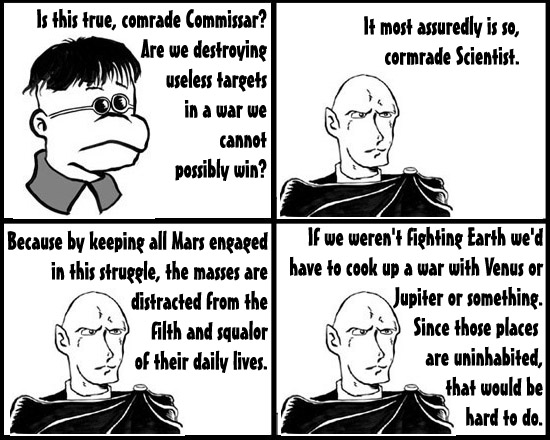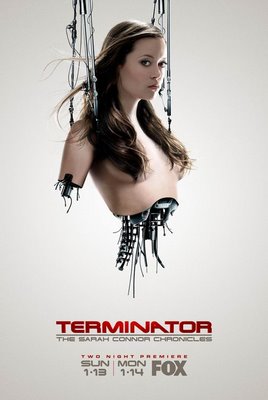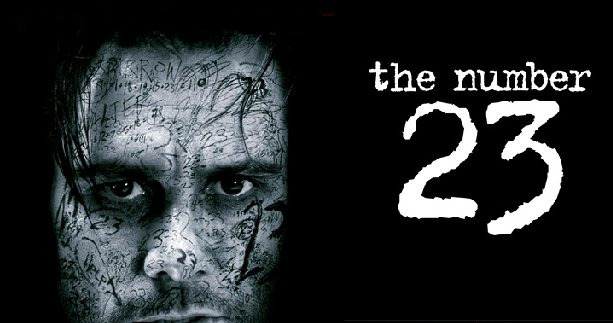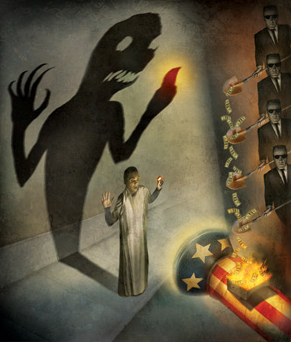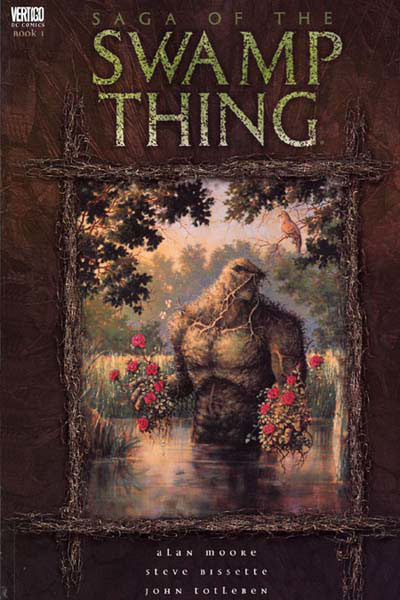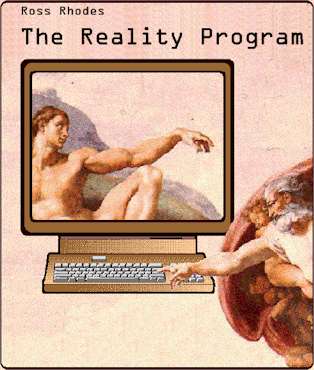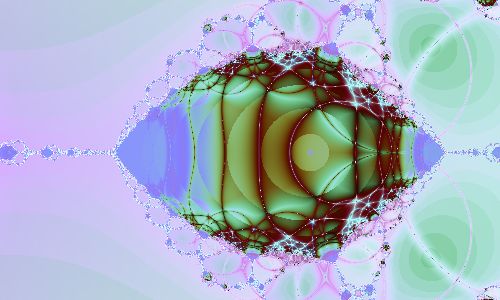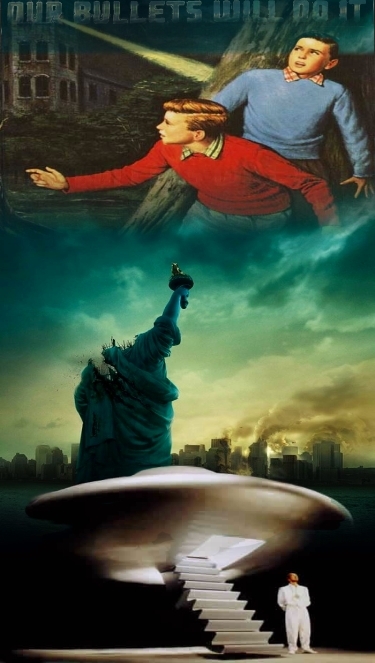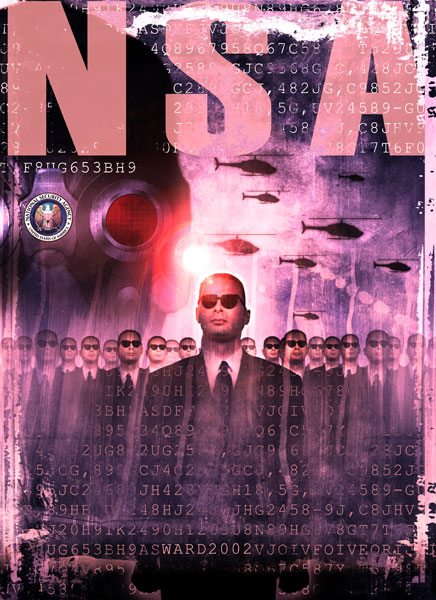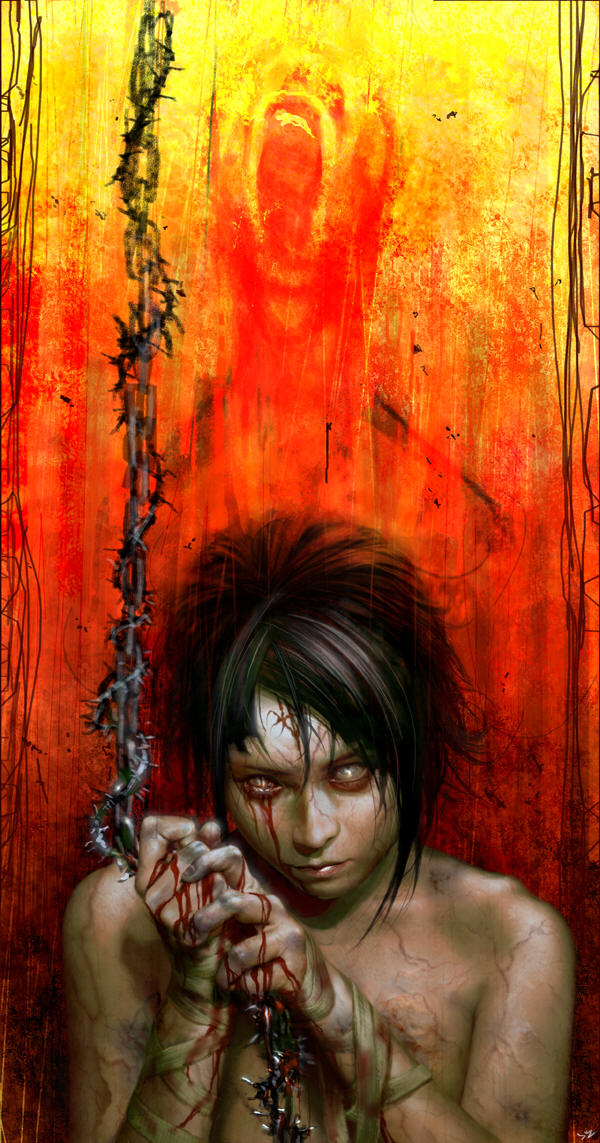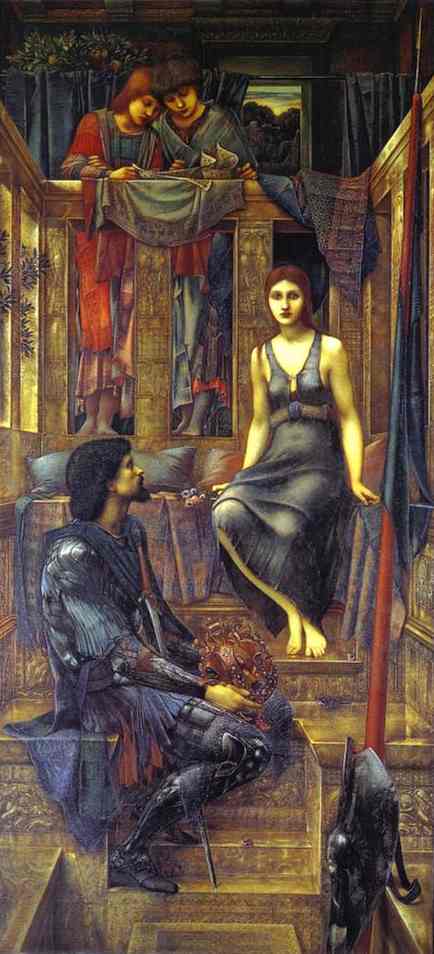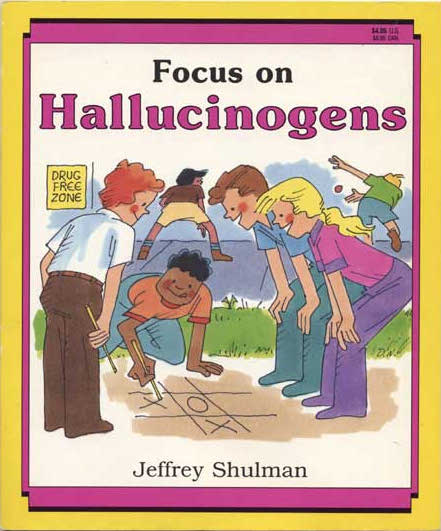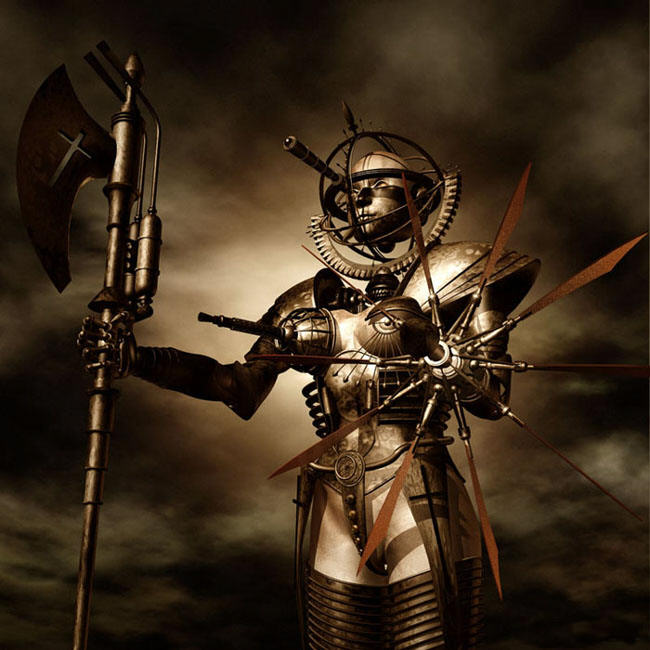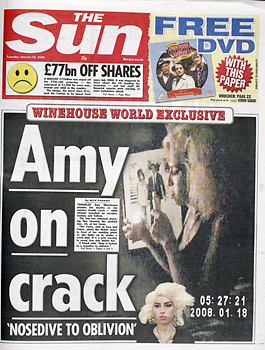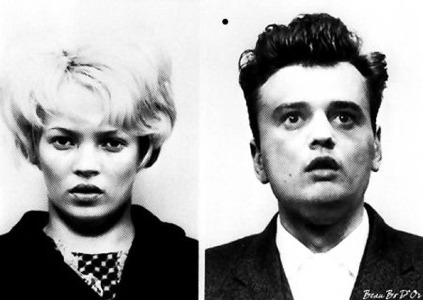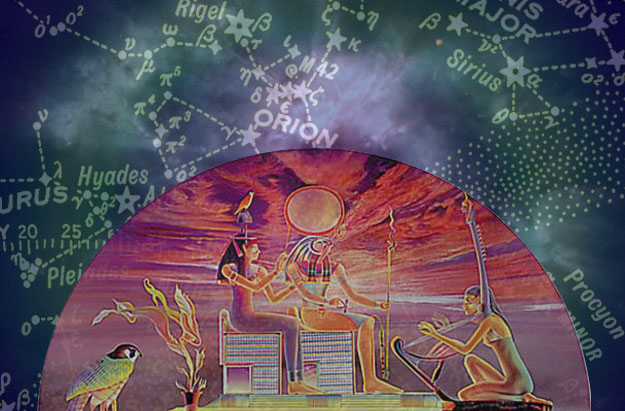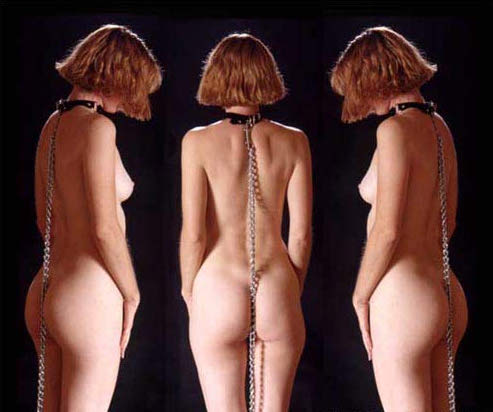The concept of teleportation was originally developed during the Golden Age of 20th century science
fiction literature by writers in need of a form of instantaneous disembodied transportation technology to
support the plots of their stories
Teleportation has appeared in such SciFi literature classics as Algis
Budry's Rogue Moon (Gold Medal Books, 1960), A. E. van Vogt's World of Null-A (Astounding Science
Fiction, August 1945), and George Langelaan's The Fly (Playboy Magazine, June 1957). The Playboy
Magazine short story led to a cottage industry of popular films decrying the horrors of scientific
technology that exceeded mankind's wisdom: The Fly (1958), Return of the Fly (1959), Curse of the Fly
(1965), The Fly (a 1986 remake), and The Fly II (1989). The teleportation concept has also appeared in
episodes of popular television SciFi anthology series such as The Twilight Zone and The Outer Limits.
But the most widely recognized pop-culture awareness of the teleportation concept began with the
numerous Strar Trek television and theatrical movie series of the past 39 years (beginning in 1964 with the
first TV series pilot episode, The Cage), which are now an international entertainment and product
franchise that was originally spawned by the late genius television writer-producer Gene Roddenberry.
Because of Strar Trek everyone in the world is familiar with the 'transporter' device, which is used to
teleport personnel and material from starship to starship or from ship to planet and vice versa at the speed
of light. People or inanimate objects would be positioned on the transporter pad and become completely
disintegrated by a beam with their atoms being patterned in a computer buffer and later converted into a
beam that is directed toward the destination, and then reintegrated back into their original form (all
without error!). 'Beam me up, Scotty' is a familiar automobile bumper sticker or cry of exasperation that
were popularly adopted from the series.
However, the late Dr. Robert L. Forward (2001) stated that modern hard-core SciFi literature, with
the exception of the ongoing Strar Trek franchise, has abandoned using the teleportation concept because
writers believe that it has more to do with the realms of parapsychology/paranormal (a.k.a. psychic) and
imaginative fantasy than with any realm of science. Beginning in the 1980s developments in quantum
theory and general relativity physics have succeeded in pushing the envelope in exploring the reality of
teleportation. A crescendo of scientific and popular literature appearing in the 1990s and as recently as
2003 has raised public awareness of the new technological possibilities offered by teleportation. As for
the psychic aspect of teleportation, it became known to Dr. Forward and myself, along with several
colleagues both inside and outside of government, that anomalous teleportation has been scientifically
investigated and separately documented by the Department of Defense.
It has been recognized that extending the present research in quantum teleportation and developing
alternative forms of teleportation physics would have a high payoff impact on communications and
transportation technologies in the civilian and military sectors. It is the purpose of this study to explore
the physics of teleportation and delineate its characteristics and performances, and to make
recommendations for further studies in support of Air Force Advanced Concepts programs.
—Eric W. Davis, Teleportation Physics Study





